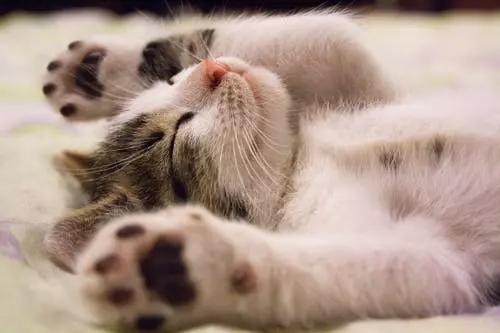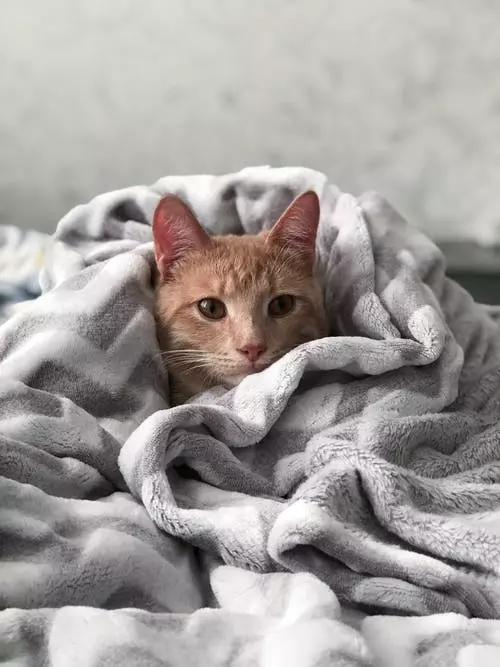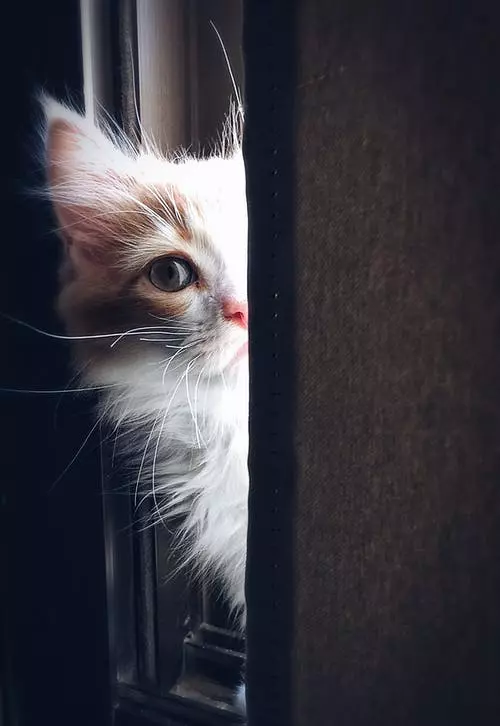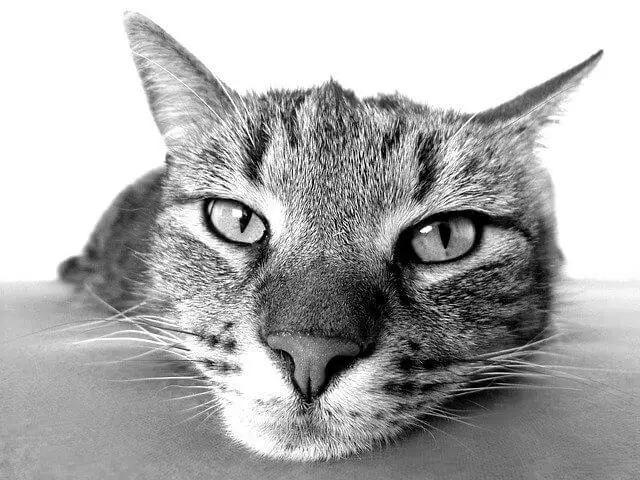Having a positive litter box routine for your cat is crucial for their overall well-being and can help prevent behavioral problems associated with improper elimination. In this article, we will guide you through the steps of establishing a positive litter box routine for your cat.
The first step in establishing a positive litter box routine is choosing the right litter box. Size matters when it comes to litter boxes, so make sure to opt for one that provides enough space for your cat to comfortably move around. You should also consider whether you want an open or covered litter box, as both options have their pros and cons. Additionally, it’s important to provide multiple litter boxes, especially if you have multiple cats, to avoid any potential conflicts or competition for the litter box.
Selecting the right litter is equally important. Clumping litter is a popular choice because it makes scooping easier and helps control odor. However, some cats may prefer non-clumping litter, so it’s important to consider your cat’s preferences. Scented or unscented litter is another consideration, as some cats may be sensitive to strong scents. Lastly, dusty litter can be harmful to your cat’s respiratory health, so opt for dust-free alternatives if possible.
Proper litter box placement is crucial for your cat’s comfort and convenience. Find a location that provides privacy and accessibility, away from high-traffic areas of your home. It’s also important to keep the litter box away from your cat’s food and water, as cats prefer to keep these areas separate. Additionally, consider noise and traffic considerations to create a calm environment for your cat.
Regular cleaning and maintenance of the litter box is essential for a positive litter box routine. Scoop the litter box at least once a day to remove waste and clumps. A complete litter change should be done regularly to ensure a fresh start. Use safe cleaning products specifically designed for litter boxes to maintain a hygienic environment for your cat.
Encouraging positive litter box habits is key to establishing a routine. Consistency is essential, so try to keep a regular schedule for cleaning and maintain the litter box. Positive reinforcement, such as treats or praise, can also be used to reward your cat for using the litter box correctly. If your cat starts avoiding the litter box, it’s important to identify and resolve any potential issues, such as medical problems or litter box aversion.
Here are some frequently asked questions about cat litter box behavior:
Q1: How many litter boxes should I provide for my cat?
A: It’s recommended to have one litter box per cat, plus an extra one if possible.
Q2: My cat suddenly started avoiding the litter box. What could be the reason?
A: There can be various reasons, including medical issues, stress, or changes in the environment. Consult with a veterinarian to determine the cause.
Q3: Should I use a covered litter box to prevent odor?
A: Covered litter boxes may help contain odor, but some cats may feel trapped or uncomfortable using them. Monitor your cat’s preference and behavior.
Q4: Can I toilet train my cat instead of using a litter box?
A: While it is possible to toilet train cats, it requires a lot of time and effort. It may not be suitable for all cats and households.
Q5: My cat doesn’t cover its waste. Is this a problem?
A: Not all cats cover their waste, and it’s not necessarily a problem. However, if it’s a sudden change in behavior, it’s worth investigating further.
Q6: How can I prevent litter tracking around the house?
A: Placing a litter mat outside the litter box can help prevent litter from being tracked around the house. Regular vacuuming or sweeping can also help.
Q7: Is it normal for my cat to eliminate outside the litter box when stressed?
A: Yes, some cats may eliminate outside the litter box when they are stressed. It’s important to address the source of stress and provide a calm environment for your cat.
By following these guidelines and understanding your cat’s behavior, you can establish a positive litter box routine that will keep your cat happy and your home clean. Remember, patience and consistency are essential when it comes to training your cat, and always consult with a veterinarian if you suspect any underlying medical issues. Happy litter box training!








